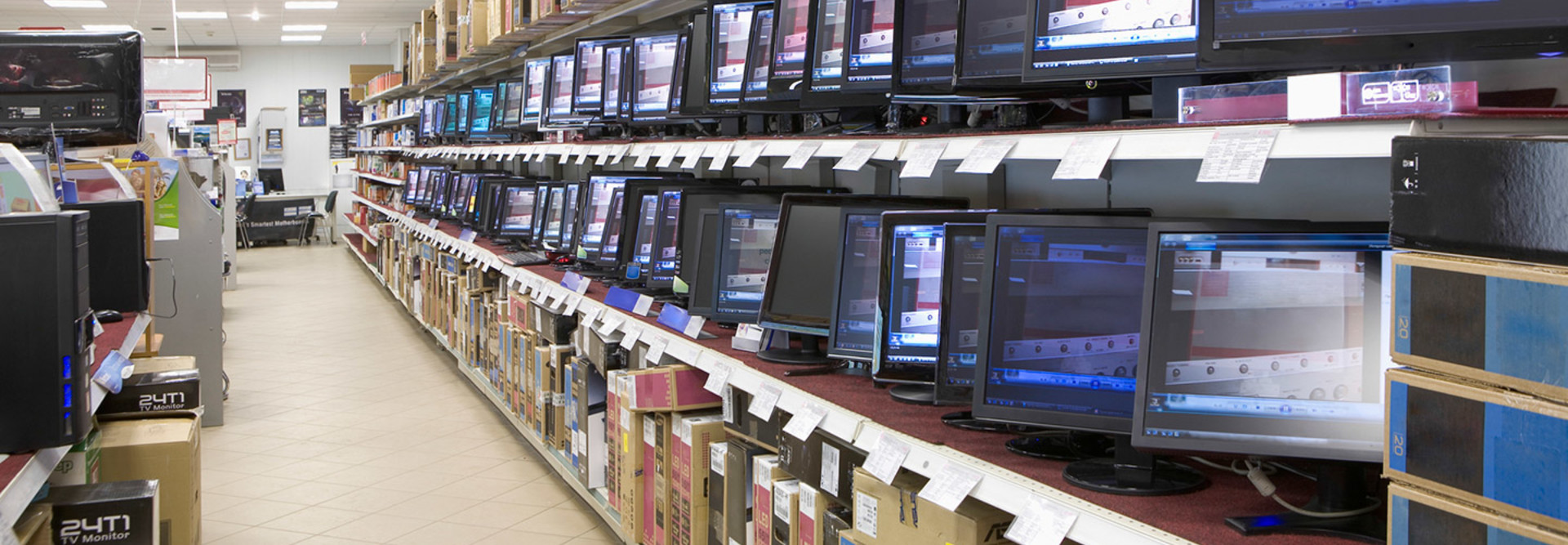Will Feds in the Trump Administration Adopt More COTS Technology?
Little is known about how the Trump administration will approach technology. However, some in the federal IT market think the White House might embrace more commercial off-the-shelf technology as opposed to building IT solutions in-house and using on-premises hardware.
Last week, President Trump named Reed Cordish as his assistant for intragovernmental and technology initiatives in the White House. Cordish will focus on technology innovation and modernization, as well as initiatives that require cross-agency coordination. However, Trump has yet to name a new federal CIO to replace Tony Scott, and it’s unclear what direction his technology team will take.
The debate over whether agencies should buy commercial IT solutions or build tech solutions in-house is a long-standing one. On the one hand, buying COTS products would speed the time to deployment for agency IT solutions, and they would be easier to use, especially the software. On the other hand, those opposed to a COTS approach argue that agencies would be just one of many customers for a COTS vendor, and the solutions would not be customized enough for agency needs.
Optimism for More COTS IT Solutions
However, there is hope that the Trump administration will be more amenable to COTS IT services and products. Trump’s “platform of change, promising to scrutinize the way the government works, and streamline and reduce the size of government” fits with many modernization goals of the federal IT community, Mark MacCarthy, senior vice president of public policy for the Software and Information Industry Association, told FedScoop after the election.
“Federal IT modernization, and streamlined procurement of IT services, particularly innovative cloud solutions, is a critical component of the government’s mission, so we are optimistic that this will be a high priority in the Trump administration,” he said.
“We are also optimistic that President Trump will continue the long-standing priority to pursue a ‘buy, not build,’ or COTS-first approach across the federal government,” MacCarthy said.
The Benefits and Drawbacks of Commercial IT
Steve Sarnecki, vice president of the federal and public sector at OSIsoft, a software firm that focuses on real-time data management and operational intelligence, notes in a recent FCW column that “COTS technologies today are as innovative and worthy of government adoption as ever.” However, he notes that “many agencies and mission owners maintain that COTS solutions are not precisely fit for government use, citing lack of specialization, integration and interoperability challenges, and high learning curves in implementation and training.”
That last point is “particularly perplexing since COTS technology is often engineered for use by ‘the average Joe.’”
Sarnecki argues that “it’s time to dispel these notions,” as well as the sense that government-built IT solutions are “always defensible.”
“While there are some highly complex and specialized federal missions, there are far more business processes and operational needs that are analogous to those found in the private sector,” he writes.
Sarnecki notes that the Lawrence Livermore National Laboratory, an OSIsoft customer, has worked to improve the efficiency of its operations via better analysis of operational data: “It operates a high-performance computing datacenter facility. However, this federal entity was challenged to manage information from dispersed and very different systems, including computing racks, cooling systems, energy utilities, HVAC and other equipment.”
According to Sarnecki, building a custom solution to address the problem would have been expensive and time-consuming and “also would have tripled the lifecycle acquisition costs with long-term maintenance and ensured obsolescence.” Instead, the Laboratory used OSIsoft’s technology “to manage and analyze data, allowing the lab to leverage years of their own expertise in solving real problems without investing inordinately in development and testing of a one-off solution. The COTS software was already mission-ready and optimized for the task at hand.”
COTS solutions can also be easily integrated into federal missions, unlike in the past, Sarnecki contends, because “the changing nature of open standards and industry collaboration has made technology far more interoperable than ever before.”
The Office of Management and Budget may issue regulations that encourage COTS adoption. However, it’s unclear how much will change in the near term. As FCW notes, “the appeal of building solutions in-house will likely never go away. The bespoke approach, after all, comes with the ability to exercise greater control over development and quality, integrate new technology more tightly with existing applications, better track documentation for ongoing support and react more quickly to requirement changes.”









